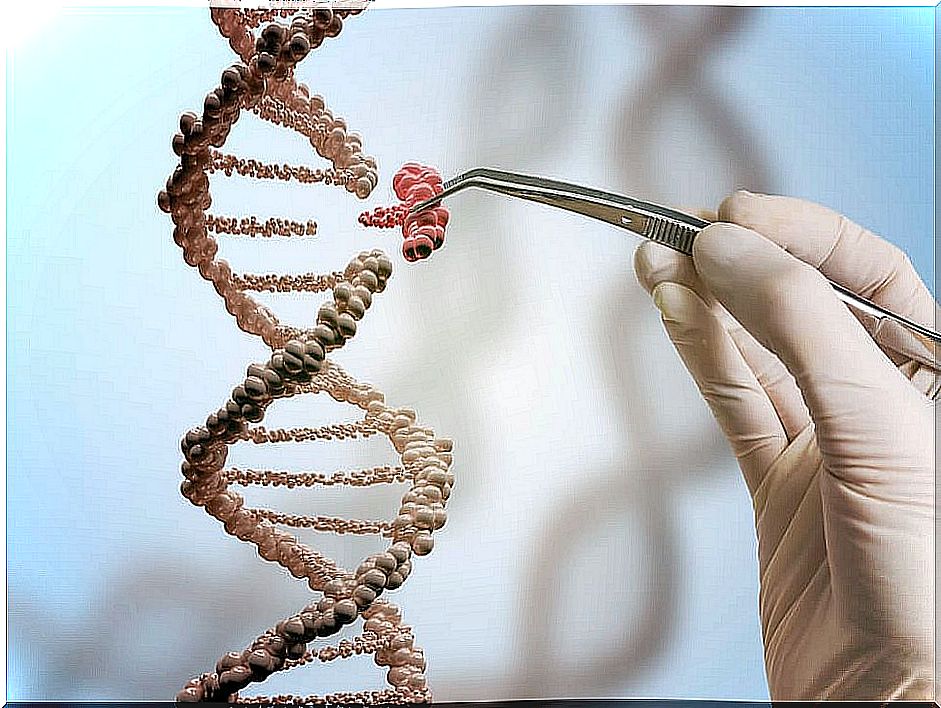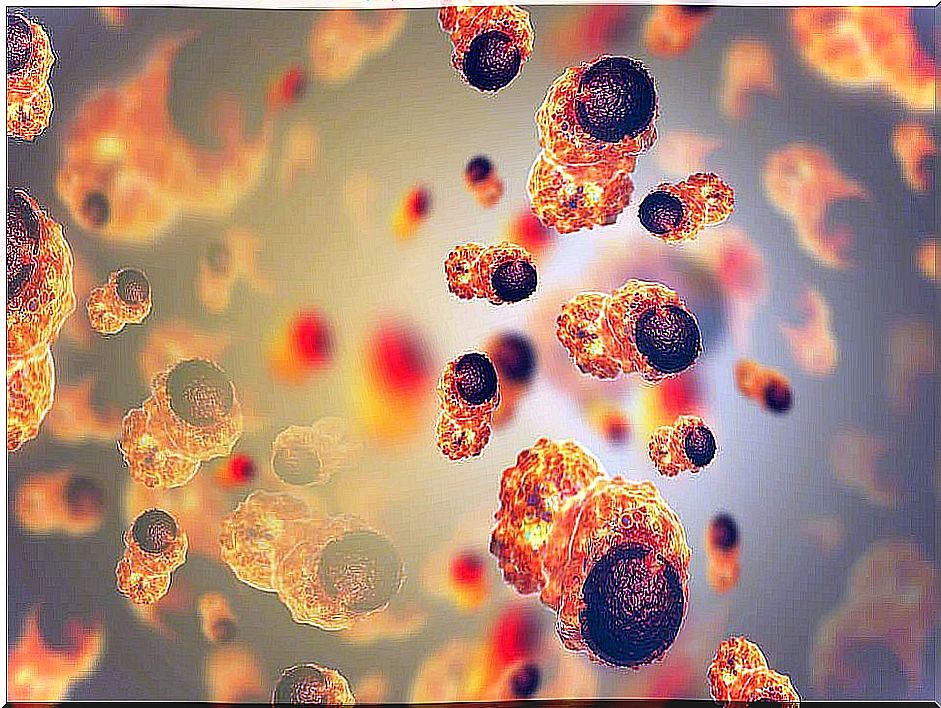This Is How This Gene Can Prevent Many Types Of Cancer
For almost 30 years, doctors and scientists have been aware of the role that the p53 gene plays in cancer prevention. Recent research made surprising findings.

Cancer is a disease that develops from the division and overgrowth of abnormal cells in tissues. There are currently more than 100 forms of cancer. Due to this, it continues to position itself as one of the main challenges for the medical and scientific community. In recent years, experiments have been carried out with the aim of achieving methods to prevent many types of cancer.
While there is still much to be done, experts have managed to obtain interesting results that could help in future treatments.
Related to this, for almost 30 years, findings have been made on the link between the p53 gene and decreased risk of cancer. More than half of the world’s cancers involve mutations in this gene, but it is not clear how it works.
P53: a unique gene in the battle against cancer

In the latest issue of the journal Nature Medicine, there are three articles dedicated to the p53 gene . One of these has drawn particular attention, as it revealed a powerful CRISPR gene-editing technology that could kill embryonic stem cells.
However, Dr. Ana Janic of the Walter and Eliza Hall Institute of Medical Research, clarified for IFL Science that the article in which she is the first author is not related to that. Despite this, he accepted that it could have far-reaching consequences.
Janic and his team wanted to analyze how the p53 gene could prevent many types of cancer. In particular, they focused on analyzing how it intervenes on B-cell lymphomas, a type of blood cancer.
Findings
The author found that other genes, notably MLH1, are crucial in the process of repairing damaged DNA within cells that could become cancerous. In addition, he was able to verify that the p53 gene works in multiple ways and destroying cells that can become malignant is just one of them.
Janic labeled the p53 gene as a “master gene” that regulates the behavior of another set of genes. One of its most outstanding functions is to combine with genes that repair defects in DNA, repairing cells in such a way that eliminating them is unnecessary.
Specifically, the authors showed that when MLH1 repair genes are lost or not working properly, the p53 gene also stops working and lymphomas develop. On the other hand, when they forced the expression of MLH1 in the absence of p53, they achieved tumor suppression.
As it does?

Linking with the above, we can affirm that p53 not only works by destroying dangerous cells, but also directs cell repair genes. “When MLH1 was put back into the equation, tumor development stalled significantly,” said co-author Dr. Marco Herold in a statement. Furthermore, he added: “This led us to explore other DNA repair genes and it has become clear how important the DNA repair machinery is to p53’s ability to prevent cancer development.”
Although the research focused on only one type of cancer, p53 mutations are present in 70% of colon and pancreatic cancers. They are also common in tumors of many other organs. Therefore, this gene could be key to preventing many types of cancer.
For now, researchers continue to look at p53’s association with cancer. However, these findings could serve in the long term to provide additional targets for therapies. More immediately, they would be key to helping physicians assess which existing treatments are best suited to patients.
This is because in cases where MLH1 is not working well, chemotherapy could make cancers worse, making them more aggressive instead of improving them.
In summary
The role of the p53 gene in the development and prevention of cancer has led to important advances in its treatment. Since it intervenes in the behavior of other genes, in certain circumstances it could help to eliminate cancer cells. Therefore, it is believed that it could be key to preventing many types of cancer.








